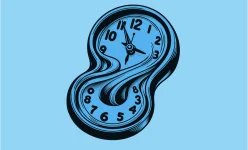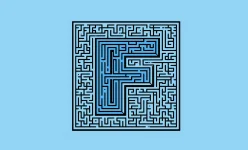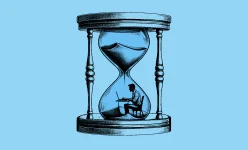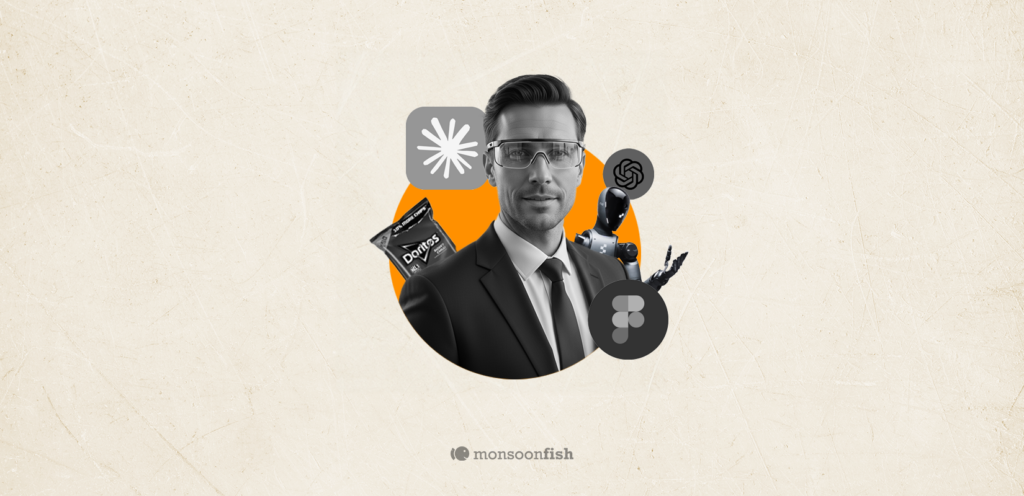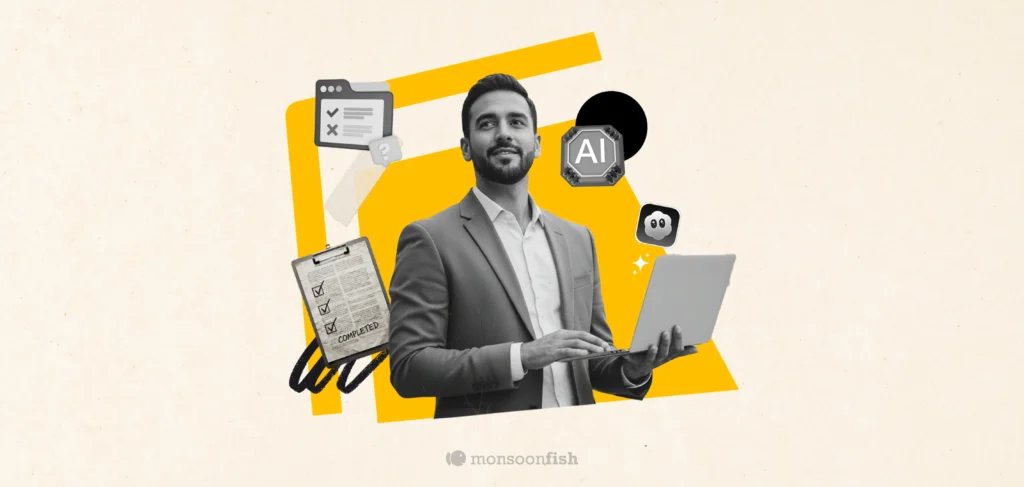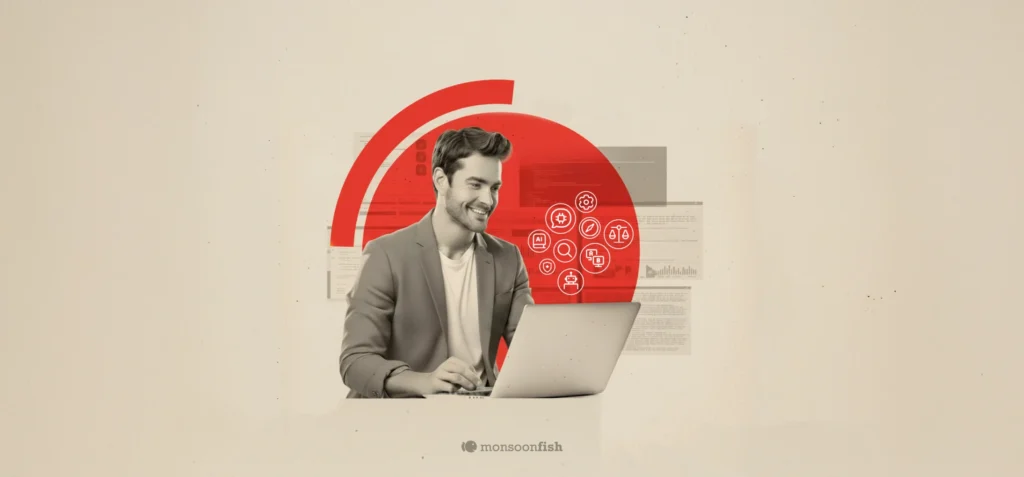Fitts’ Law
The time it takes to take action on a target is inversely proportional to the distance to the target and directly proportional to the size of the target.

Fitts’ Law
In a busy city neighborhood, there was a local gym, known for its wide variety of fitness classes and dedicated trainers. The gym was always full of members looking to work on their health and fitness, but there was one problem: the check-in process at the front desk.
The gym had a small kiosk where members needed to scan their membership cards to check in. However, the kiosk was placed at the far end of the counter, right next to a stack of flyers, pens, and other materials. Members often had to reach over or move around clutter to scan their cards, causing delays and frustration, especially during peak hours when the gym was crowded.
One day, the gym manager, James, noticed a member awkwardly stretching to scan their card while others waited behind them. This was slowing everything down. James realized that the check-in process, while simple, could be much more efficient if it was easier for members to access.
James decided to move the kiosk closer to the front of the counter, right next to where people naturally stood to talk to the receptionist. He also made the screen larger and clearer, with bigger buttons that were easier to press.
Immediately, the check-in process became smoother. Members could scan their cards with ease, and the line moved faster. James noticed fewer people getting frustrated and more members arriving on time for their classes. The gym had not only improved efficiency but also enhanced the overall experience for its members.
Fitt’s Law shows that the time it takes for a person to interact with a target is influenced by ‘its size’ and ‘its distance’ from the user. By making the kiosk screen larger and moving it closer to where members naturally stood, James made the process quicker and more co
Contents
CATEGORIES






